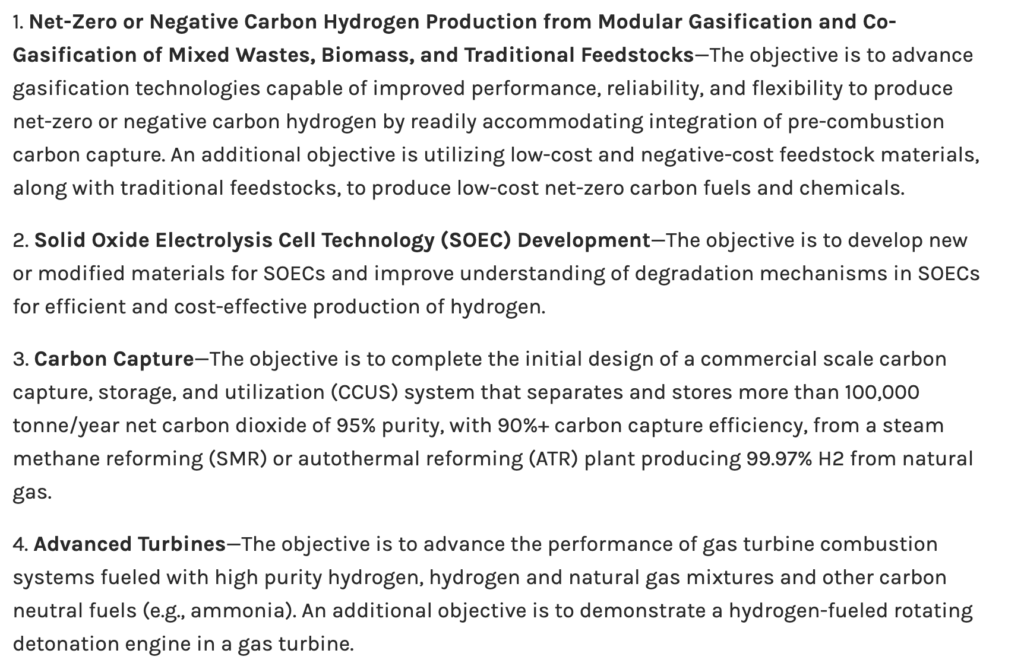The Department of Energy (DOE) announced its planned federal funding of $160 million towards the production, transport, storage and utilization of fossil-based hydrogen. Such amount would expand the nation’s infrastructure for the production of this low carbon commodity.
Funding will be cost-shared cooperative agreements with companies interested in participating in the program. DOE will focus mostly on participants with innovative solutions and technologies capable of improving the performance, reliability and efficiency of the production methods.
As the production from fossil fuels is the lowest form of producing hydrogen, according to data shown on DOE’s report Hydrogen Strategy Document, an investment such as this would help in extracting the most economic value of U.S. fossil fuels.
“When coupled with carbon capture and storage capabilities, low-cost hydrogen sourced from fossil energy feedstocks and processes will significantly reduce the carbon footprint of these processes and enable progress toward hydrogen production with net-zero carbon emissions,” the Department explains.
The funding program from DOE has seven opportunity areas in a variety of production pathways, with different objectives each. First area is for Negative Carbon Hydrogen Production from Modular Gasification and Co-Gasification of Mixed Wastes, Biomass, and Traditional Feedstocks.


Recommended for you: PepsiCo to achieve 100% renewable power in Mexico for 2021
DOE to focus on new technologies
Main objective is to advance the gasification technologies that would enforce safety, reliability and efficiency of net-zero hydrogen production, “by readily accommodating integration of pre-combustion carbon capture.”
Solid oxide electrolysis cell technology (SOEC) is another technology with funding opportunities; its objective is to develop new materials for the process, in order to enhance its cost effectiveness.


Carbon capture is also one of the main areas of this funding. DOE’s objective is to develop a full system of carbon capture, storage and utilization (CCUS) with a capacity of 100,000 tones a year, with a carbon dioxide purity of 95%.
Advanced turbines, hydrogen production from natural gas, pipeline infrastructure for hydrogen transportation, and subsurface storage are other areas of the program. Participating projects will be managed by the National Energy Technology Laboratory.


